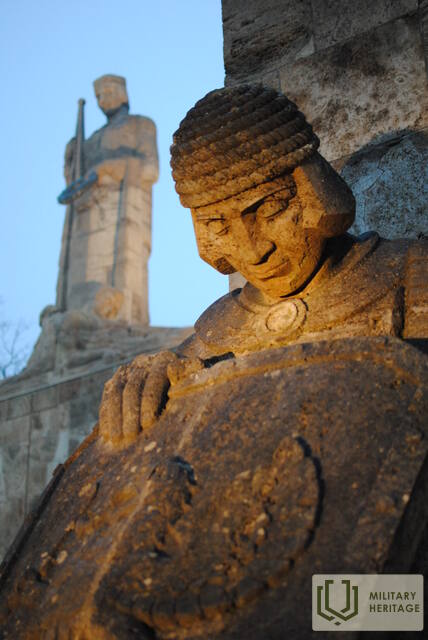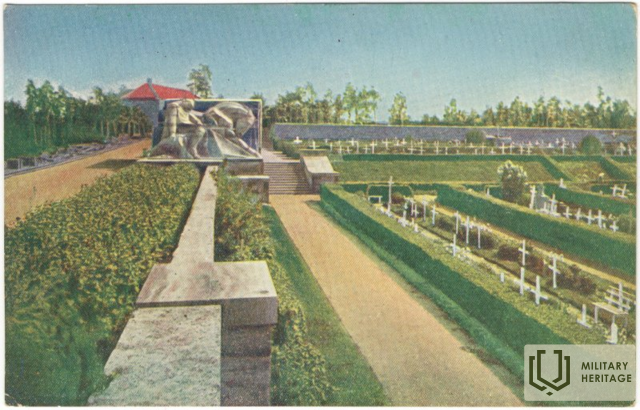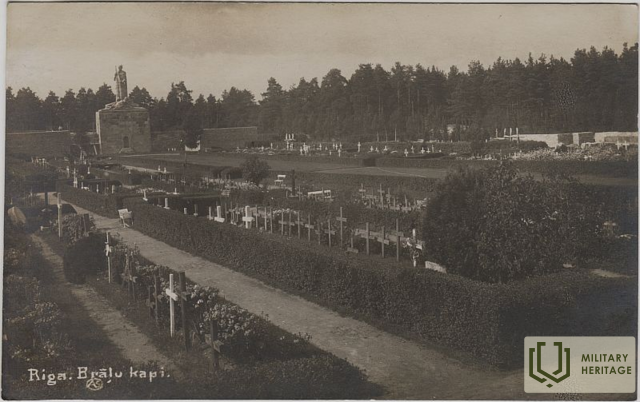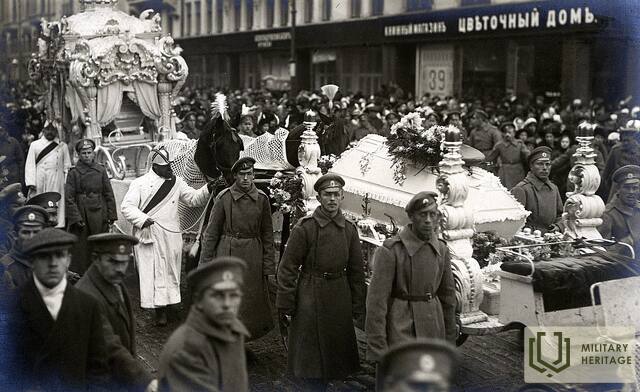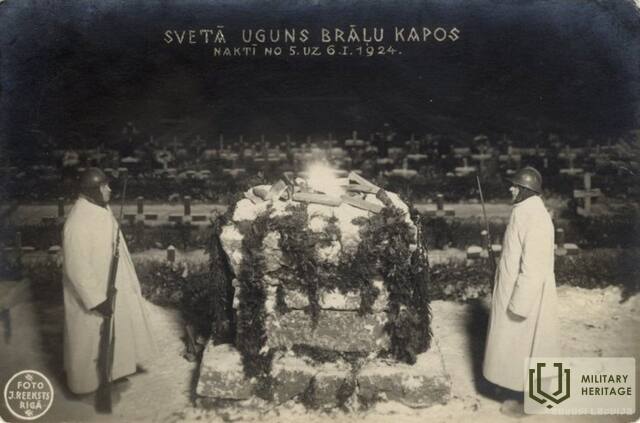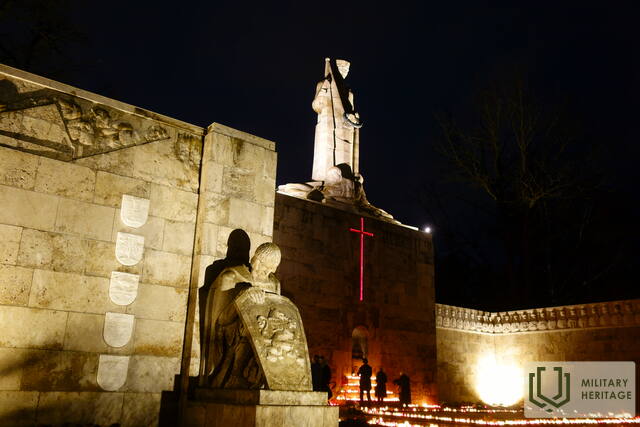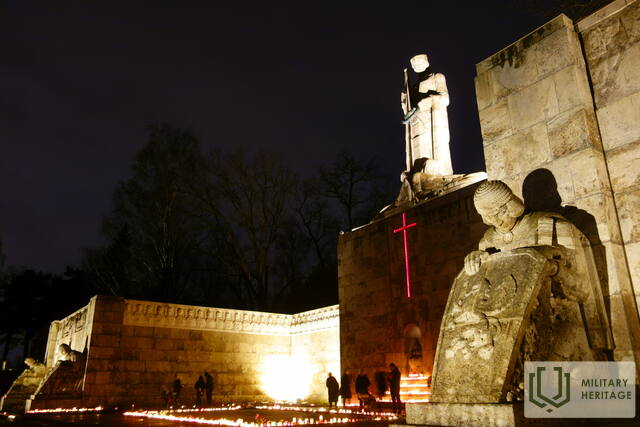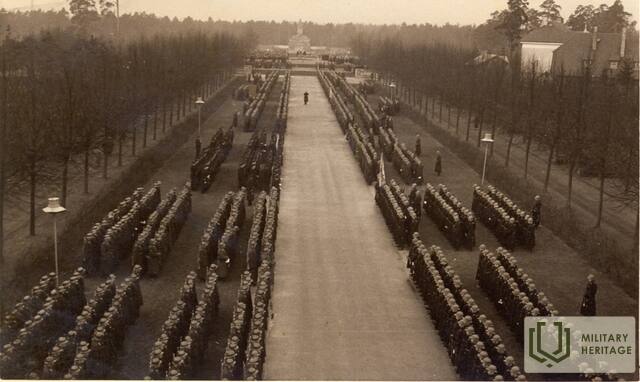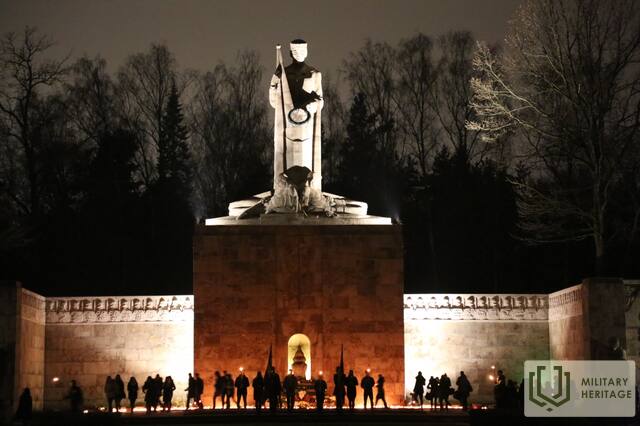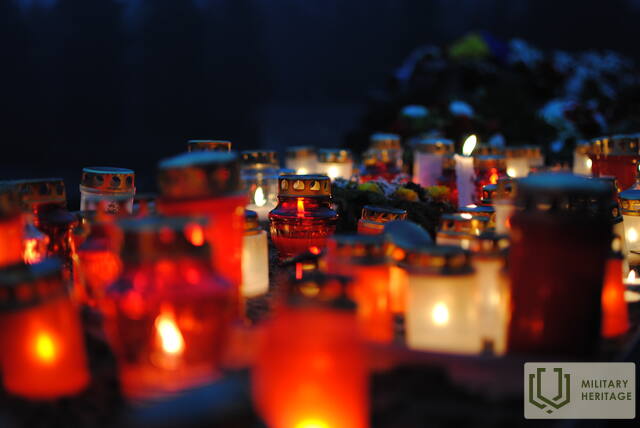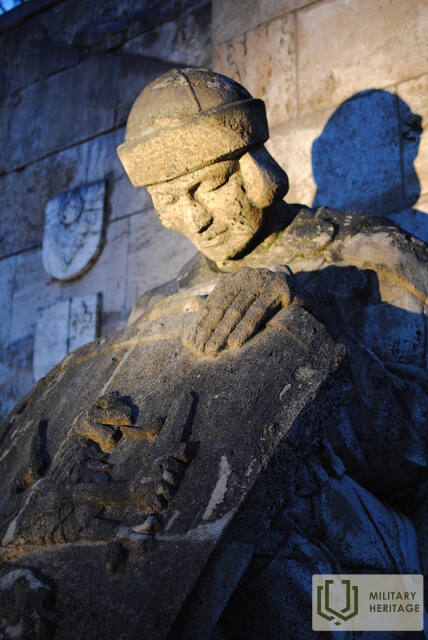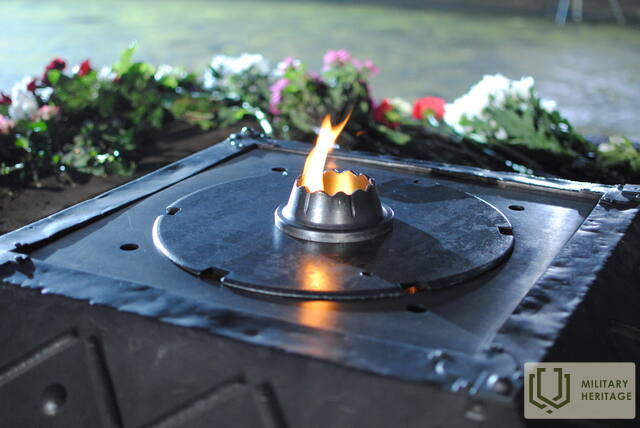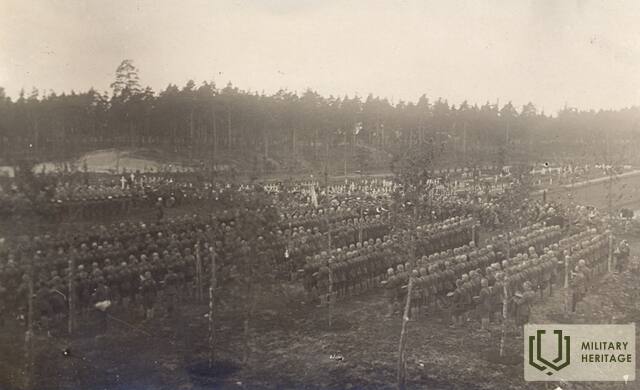Brothers' Cemetery in Riga Memorial site

Riga Brothers’ Cemetery is located in the northern district of Riga. The cemetery extends over an area of 9 ha and is the most outstanding and significant memorial ensemble in Latvia dedicated to the fallen Latvian soldiers. About 3,000 soldiers are buried here. The Brothers’ Cemetery was created during World War I after the first three Latvian Riflemen, who fell in Tīreļpurvs in the battle against the German Army, were buried here. Later Latvian soldiers who had died in other battles and wars would also be buried in the Brothers’ Cemetery. The memorial is based on the design of the sculptor Kārlis Zāle, and is the first memorial ensemble in Europe with such landscape, architecture and sculptural value. It uses elements typical to the Latvian landscape, traditional farmsteads, Latvian folklore and history that praise the characteristics of soldiers and tell the story of the way of the soldier. The memorial was unveiled in 1936 and it has three parts: ‘The Road of Though’ which is a 250 m long alley, ‘Terrace of Heroes’ with the Altar of the Sacred Flame and ensemble the Sacred Oak Grove, and the burial ground with the Latvian wall and a memorial of a mother with her fallen sons.
Used sources and references:
Lismanis, J. In memory of battles and fallen soldiers: 1915-1920. Riga: Nims, 1999.
Official website of the Riga Brothers' Cemetery. Available: http://www.rigasbralukapi.lv/ievads/ [accessed 19.02.2021.].
Related timeline
Related topics
Related stories
About the first Commander-in-Chief of the Latvian Army, Dāvids Sīmansons
The essays in the book "Commanders of the Latvian Army" convince us that history is significantly influenced by specific individuals. Although they were at the epicenter of the most important historical events for a short time, true Latvian patriots, with their rich military experience, managed to do a lot in the formation and strengthening of the Latvian army and in the turning points of historical events.
This story is about the first Commander-in-Chief of the Latvian Army, Dāvids Sīmansons (1859-1933).
About General Karlis Goppers
General K. Goppers (1876-1941) was an outstanding soldier and an outstanding person. He distinguished himself as a successful commander who took command of battalions and regiments, heroically leading his riflemen in battles for the freedom of Latvia during the First World War (1914-1919). He participated in the battles at Tīreļpurva, Ložmetējkalns, and in the defense of Riga.
This is how the Brothers' Cemetery in Riga was born
The narrator describes the circumstances under which the most famous Latvian memorial, dedicated to fallen soldiers, was created. As can be seen in the memoirs, the cemetery of national heroes faced a series of obstacles and unfavorable - dismissive attitudes not only from the church, but also from the Riga city government.
Karlis Hall and Freedom Monument
The narrator describes the memories of Kārlis Zāles as a personality who created the most famous works of Latvian art. The description is dedicated to the memory of Zāles in 1942 (the year of K. Zāles' death). The memories were chosen to characterize K. Zāles' works based on the author's personal characteristics and perception of the world.
About the lesser-known works of Latvian sculptor Kārlis Zāles in the old cemeteries of Dīvala and Trikāta
One of the little-known works of sculptor Kārlis Zāle (1888-1942) is the travertine sculpture "Fallen Roses", created between 1939 and 1940, and associated with the creation of the Brothers' Cemetery ensemble.




